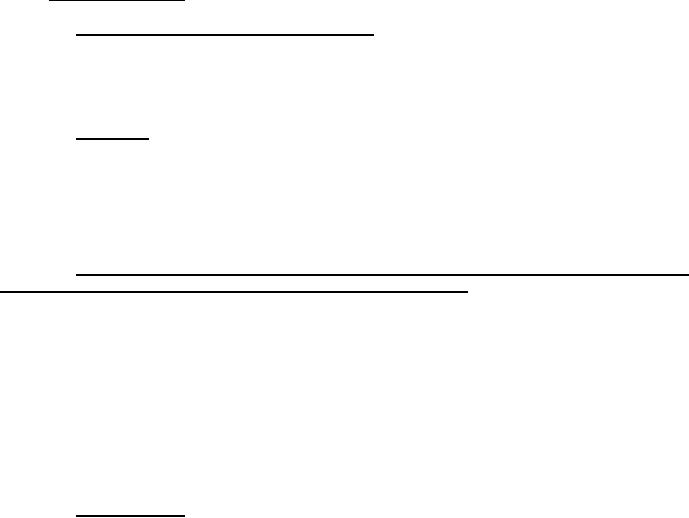 |
|||
|
Page Title:
Specimen conditioning and testing |
|
||
| ||||||||||
|
|  MIL-R-60346C
4.3 Testing methods .
4.3.1 Specimen conditioning and testing . Unless otherwise specified,
specimens for tensile and shear testing shall be conditioned in accordance
with procedure A of ASTM D 618. Specimens for other testing shall be
conditioned for a minimum of 2 hours in accordance with ASTM D 618. Testing
shall be at 73.4 3.6 F (23 2 C) and 50 5 percent relative humidity.
4.3.2 Hardness. A shore "O" durometer or equivalent shall be used to test
as follows: Set the roving ball on its end on a horizontal flat surface.
Support the ball with one hand, hold the durometer in the other, and bring the
instrument plunger and foot into contact with outermost layer of roving.
Apply such pressure as is required to bring about a constancy in the reading
attained on the dial indicator. Make three readings randomly spaced around
the circumference and along the length of the ball.
4.3.3 Catenary (Unless otherwise specified, this test is not applicable to
roving having a field less than 700 yards per pound) . One specimen per roving
ball shall be tested and each obtained by pulling roving from the ball until
the slack is taken off, then tying a knot in the roving approximately 12
inches from the package. The roving shall be pulled over a spindle and
clamped to a strand which is located approximately 50 feet from the spindle.
After returning to the roving ball and holding a 50 foot portion of the strand
tight, a hard knot shall be tied. A clamp and sufficient weights to give a
total of 2 0.1 pounds shall be placed on the hanging end of the roving. The
roving shall be grasped lightly at the center of the span (25 feet) and pulled
down 1 foot. The roving shall be released. The pull down and release shall
be repeated three additional times. The distance between the furthermost
separated strands perpendicular to the lengthwise direction shall be measured.
4.3.4 Roving yield. One specimen shall be tested per roving ball sample.
The roving yield shall be computed by dividing the weight into measured length
resulting in units such as yards/pound (see 6.3).
4.3.5 Acetone extractable content and resistance to fusion. One speci-
men
per roving ball shall be tested for each requirement in table II as
applicable. Testing shall be in accordance with ASTM D 2587 with the
following changes:
(a)
The specimen shall consist of an accurately measured length of
roving weighing approximately 10 grams.
Type I roving shall be ignited at a temperature of 1150 45 F
(b)
(620 25 C). Types III and IV rovings shall be ignited at a
temperature of 1500 45 F (815 25 C). The ignited specimen
shall be examined for fusion.
13
|
|
Privacy Statement - Press Release - Copyright Information. - Contact Us |